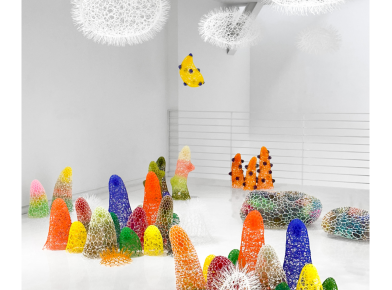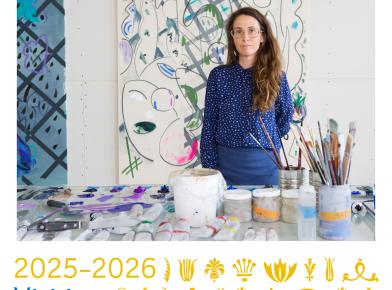About the Event
Of the Soil: An Arkansas Anthology
By Geoff Winningham
Staged Reading
Saturday, December 13, at 2:00 PM
Moody Center for the Arts, Lois Chiles Theater
Limited seating, RSVP below.
On December 12 and 13, Rice University’s Moody Center for the Arts will present staged readings from Of the Soil: An Arkansas Anthology, Geoff Winningham’s adaptation for the stage of his 2014 book about life in Arkansas in the 1980’s. The production, directed by Rob Kimbro, will use projected photographs, spoken monologues, and live music to evoke a place and time in American history: the American South in the middle of the 20th century.
This new, multidisciplinary work aims to both entertain and to enhance public awareness of major aspects of 20th century American culture—including Southern vernacular architecture, indigenous language, folk music, and lifestyles—by forging these elements into a lyrical and enduring work of dramatic art.
This production, like the book, will draw from Winningham’s 30-year archive of over 3,000 still photographs of vernacular architecture and from voice recordings he made of many of the inhabitants who lived, worked, worshiped, or did business in these buildings. From those recordings, Winningham composed 21 original stories to accompany the photographs in the book. For the script, he has modified and adapted 15 of the stories for the stage. The renowned American fiddler, Ross “Rooster” Holmes and the string bassist, Maxwell Winingham will perform original music, adapted from Southern American folk tunes, to introduce and accompany each character.
The reading will be led by the Houston-based director, Rob Kimbro, whose production of The Iliad was part of the inaugural Moody Center season in 2017. Weston Twardowski, a transdisciplinary artist and educator with a background in drama and Southern American history, serves as Dramaturg and Arthur Gottschalk, Professor of Music Composition at Rice University’s Shepherd School of Music, serves as Music Consultant for Of the Soil.
The contemporary stage offers a unique opportunity to create a dramatic fusion of images, spoken words, and music. As the technology of stage projection has advanced, images are now often used as backgrounds for performances. In contrast, Of the Soil aims for a more dramatic interaction between projected images, spoken narratives, and music. Each of the characters, in successive scenes, will step onto the stage to tell their story. Between the monologues, a series of images of architecturally related structures will follow, along with a new musical motif, leading into the next character.
The characters and the stories they tell vary widely. There are stories of migration, both historical and contemporary; of lifetimes of hard work and perseverance; of romance, courtship, and marriage; of racial and sexual strife. Some stories are laced with nostalgia, others with enduring hope for a better future. Each character tells their story in front of an image of their home, their store, a barn, or a church, a structure that figured prominently in their life. The effect of each image will be especially powerful, given the extraordinary detail and tonal quality of the original 8x10 film negatives, the high-resolution digital scans to be made from these negatives, and state-of-the-art digital projection.
The buildings themselves, though modest, are rich with cultural values. The architect Frank Lloyd Wright described these values when he wrote:
…these humble buildings are to architecture what folklore is to literature or folk song to music. These folk structures are of the soil, natural. Though often slight, their virtue is intimately related to the environment and to the heartlife of the people. Functions are usually truthfully conceived and rendered invariably with natural feeling.
Likewise, the voices and the language of the people—their rich Southern accents, their colloquial speech patterns, and rural vocabularies—are also “of the soil,” intimately related to their time and place in history.
Both the narrative of the play and the sequence of photographs lead the audience to an awareness that the people and the buildings they have witnessed are either gone or are rapidly disappearing. Many of the photographs show buildings abandoned or in decay, the vanishing ruins of a changing culture.
Rice University’s Moody Center for the Arts will host two staged readings in the Lois Chiles Theater: on Friday, December 12 at 7:00 PM and Saturday, December 13, at 2:00 PM. Admission is free, though registration is necessary. Seats may be reserved by registering below.



